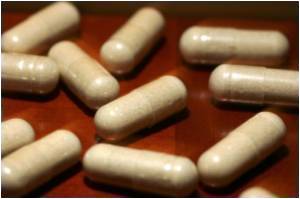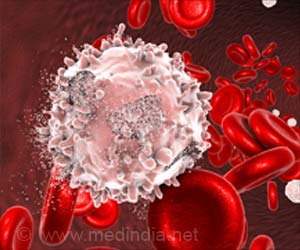Scientists have found green fluorescence in Nubian skeletons which points towards the presence of tetracycline, and therefore a proof that antibiotics were in use nearly 2,000 years ago.

"It's becoming increasingly clear that this prehistoric population was using empirical evidence to develop therapeutic agents. I have no doubt that they knew what they were doing," said Emory anthropologist George Armelagos.
In 1980, he discovered what appeared to be traces of tetracycline in human bones from Nubia dated between A.D. 350 and 550.
Armelagos and his fellow researchers later tied the source of the antibiotic to the Nubian beer.
The grain used to make the fermented gruel contained the soil bacteria streptomyces, which produces tetracycline.
Mark Nelson of Paratek Pharmaceuticals, Inc found that the bones of these ancient people were saturated with tetracycline, showing that they had been taking it for a long time.
Advertisement
"Now we're going to compare the amount of tetracycline in the bones, and bone formation over time, to determine the dosage that the ancient Nubians were getting," he concluded.
Advertisement
Source-ANI















